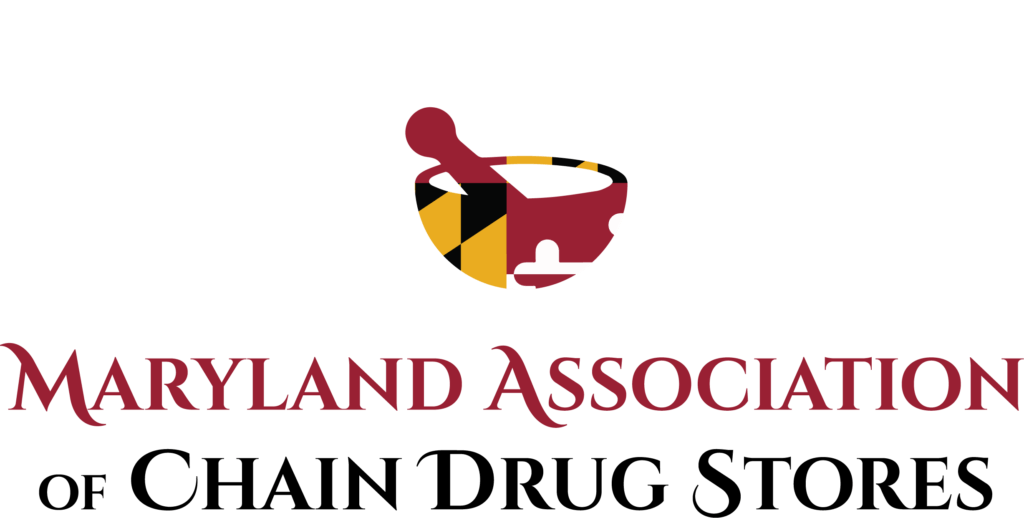Economic Data Has Taken a Dark Turn. That Doesn’t Mean a Crash Is Near.
As excerpted from The New York Times:
Inflation is up and job creation down, but the U.S. economy could still pull through without too much pain.
At the moment, the American economy feels a little bit like a hot August afternoon. The air is heavy and still, as lightning flashes on the horizon. The storm could sweep through and leave destruction in its wake. It could set in for a brief drizzle.
Or it could pass by in the distance, and take its fury elsewhere.
In this very humid metaphor, the electricity in the sky is the steep tariffs that President Trump has now imposed on most goods coming into the United States. It’s also his strict immigration curbs, mass firings of government employees and the pullback in government spending.
Economists have been waiting for that multifaceted storm system to start showing up in the economic data. The signs are now unmistakable, but the severity of the impact remains unclear.
---
Plenty of indicators suggest inflation and the labor market are headed in the wrong direction.
After slowly sinking back to close-to-normal levels, price growth has sped up again, particularly in categories of goods that are heavily imported and now steeply tariffed. A measure of wholesale prices jumped to the highest level since November 2022.
Spending has held up, particularly among higher-income consumers, according to credit card data analyzed by Bank of America. But that could be an illusion, as people pay more for the same items, or stock up to get ahead of tariffs kicking in.
Cailey Locklair, the president of the Maryland Retailers Alliance, said her members had noticed customers accelerating their purchases to take advantage of discounts and sales tax holidays, knowing that price increases are probably around the corner.
“Shoppers are very uncertain about what tariffs could mean,” Ms. Locklair said. “Because of this uncertainty in the market, consumers were spending a lot more in July to start back-to-school early, to mitigate some of this.”




